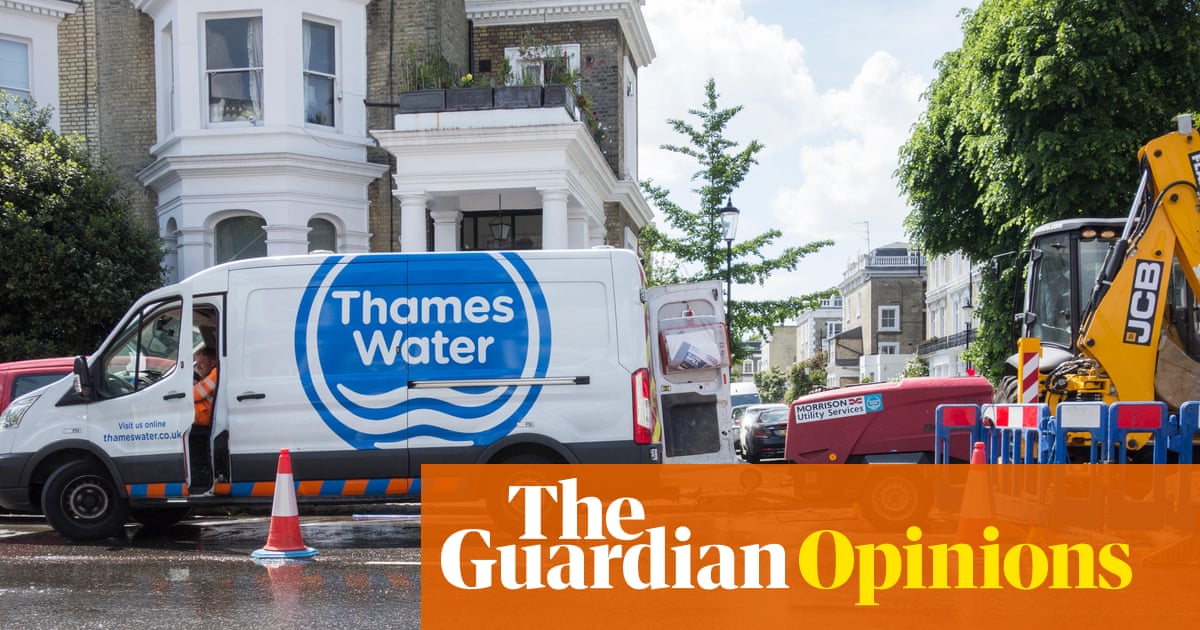
"The wannabe new owners of Thames Water say they are fully committed to a new transparent and collaborative relationship with regulators. Jolly good. Unfortunately, this embrace of transparency does not appear to extend to the poor old customers. At this late stage in the dance to decide Thames' future, you'd expect London & Valley Water the banner under which the consortium of creditors now sail to opt for straight-talking and openness."
"Their pitch to rescue Thames, after all, rests on the analysis that they are the folk to inject the necessary pragmatism into a company that has lived a hand-to-mouth existence for years while promoting fantasy turnaround plans. So how, the customers will want to know, do the consortium's supposedly realistic performance targets measure up against the unrealistic ones that were set last December under Ofwat's final determination?"
London & Valley Water claim commitment to transparent, collaborative relations with regulators while providing limited clarity to customers about changes in performance targets and spending. The consortium presented selected highlights—such as 135 fewer pollution incidents and 2,500 kilometres of sewers to be cleaned—without detailing how those figures differ from previous expectations or budget allocations. Thames will have £20.5bn from customers' bills for 2025–30, down from the £24bn it sought, forcing a prioritisation of projects. Some choices, like investing in resilient kit to cut power-failure-related pollution, appear sensible, but customers need to know which targets and environmental projects are being deprioritised.
Read at www.theguardian.com
Unable to calculate read time
Collection
[
|
...
]